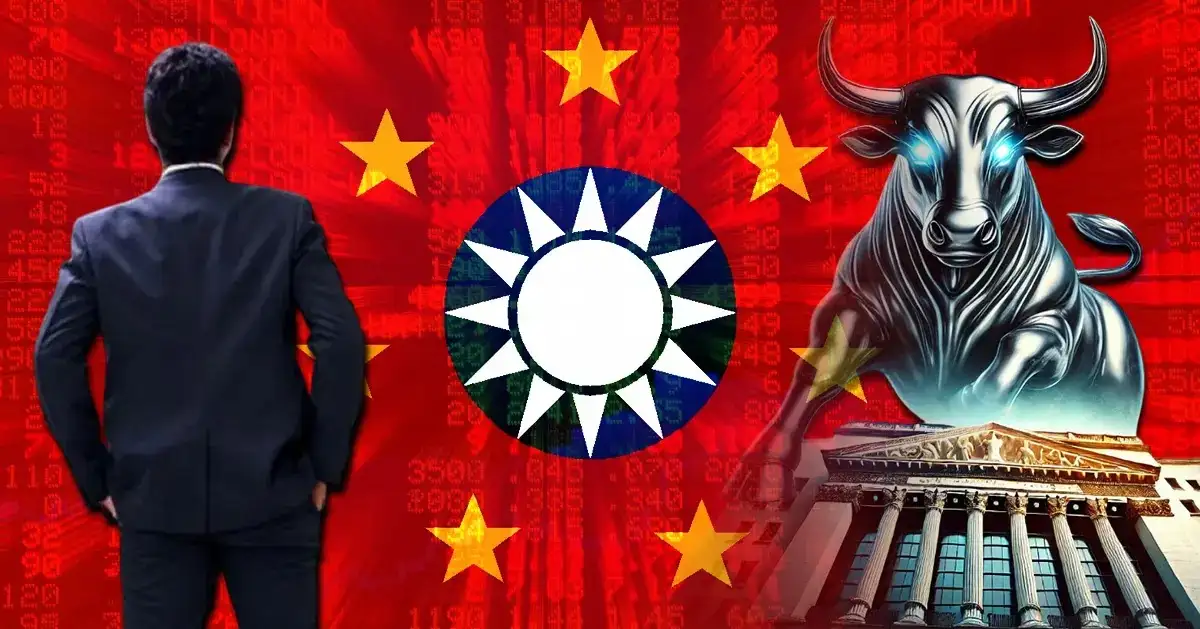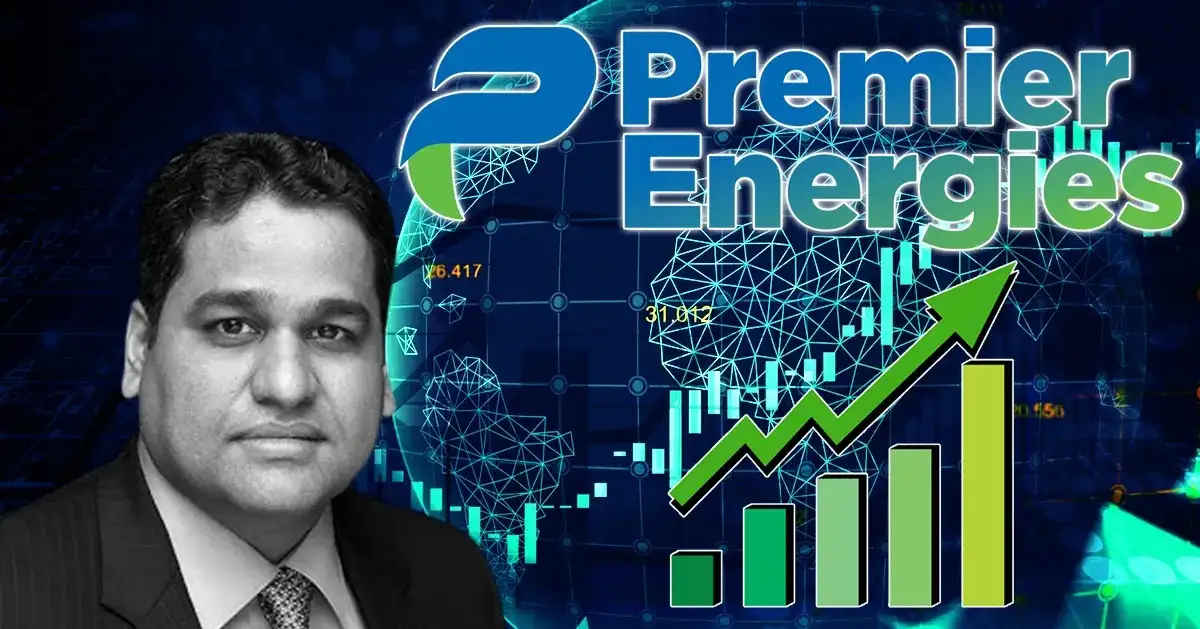Asia Markets Rally As Tech Optimism Lifts Sentiment
Asian markets are surging, headlines are thrilling, but behind the numbers, this rally is more than just a celebration; it’s a warning. What appears to be confidence is actually a scramble. What’s being called “tech optimism” is, in many cases, fear of missing out dressed as strategy. There is an urgent need to dig out what’s driving this rally, what’s propping it up, and what’s being dangerously ignored.
The Spark: Nvidia’s $100 Billion Bet
This rally began when Nvidia confirmed a $100 billion investment in OpenAI, with AI data centers expected by 2026, which triggered a global tech surge.
As a Saxo analyst said, “This is not just a tech investment, it’s a signal that AI is now central to industrial strategy.”
Intel jumped 23% after announcing a partnership with Nvidia. Oracle’s bullish forecast on AI cloud demand added fuel. The Nasdaq hit a record 22,788.98, and the S&P 500 closed at 6,693.75.
But here’s the catch
According to a recent MIT survey, 95% of companies report no financial return yet on their AI investments.
Gil Luria of D.A. Davidson said, “Most companies are not getting the benefit (yet)… but they feel they have to keep trying because of the magnitude of disruption coming.”
What Is Asia’s Response To This Rally?
According to the analysts, this rally is built on uneven ground. Let’s have a closer look at the leading Asian countries’ response to this rally.
Taiwan: Leading the Charge
Taiex rose 1.32%, closing at a record high, and TSMC surged on expectations of increased chip demand.
South Korea: Policy-Driven Gains
Kospi rose 0.69%, extending a 9% monthly rally, and the government reversed its planned tax hike on stock investments.
South Korean finance minister Choi Min-seok said, “Scrapping the tax hike was necessary to restore investor confidence and ensure liquidity in our equity markets.”
Japan: Closed Markets, Open Expectations
Japan markets were shut for a holiday, but the Nikkei 225 is up 6.5% for the month. Analysts now expect new leadership to introduce stimulus after PM Shigeru Ishiba’s resignation.
Nikkei Futures noted that, “Investors are anticipating that the upcoming leader may initiate a fresh round of fiscal stimulus.”
China: Stimulus vs. Reality
CSI 300 gained 0.31%, but volatility remains as it is. Also, Beijing injected 1 trillion yuan into state banks and issued consumer handouts.
“China’s stimulus is a short-term support mechanism, not a long-term fix,” warned IC Markets analysts.
India: Visa Shock
Tech stocks declined after the U.S. imposed a $ 10,000 fee on new H-1B visas. Additionally, Indian nationals made up 71% of the 400,000 H-1B visas issued in 2024.
What Are The Cracks Beneath the Rally?
1. AI Bubble Jitters
OpenAI CEO Sam Altman warned investors had become “overexcited” about AI. Also, Nvidia rose just 1%, recovering from last month’s losses. That’s not a surge, it’s a sigh of relief.
2. Bond Market Stress
Japan’s 30-year bonds hit a record high after a 100-basis-point climb, and U.S. Treasury yields rose above 5%, signaling inflation concerns.
3. Gold Surge Boosting Fear
Gold hit $3,755.47 per ounce, up nearly 9% in September, leaving investors hedging rather than celebrating.
4. Political Volatility
Indonesia’s Jakarta Composite Index fell 1.82% after President Prabowo dismissed Finance Minister Sri Mulyani Indrawati. Similarly, Hong Kong’s Hang Seng dipped 0.34%, with Super Typhoon Ragasa threatening the region.
A Rally of Reluctance & Strategic Panic
Governments are injecting stimulus, investors are chasing AI, but the fundamentals, including earnings, productivity, and policy, are not keeping pace.
According to a strategist at FinancialContent, “The consequences of underbuilding AI infrastructure are far more severe than overbuilding.”
Rather than confidence and clarity, that’s the mindset and fear of falling behind driving this rally. Investors should hedge wisely without confusing momentum with stability. The policymakers should remember that stimulus without reform is a sugar rush, and it fades.





